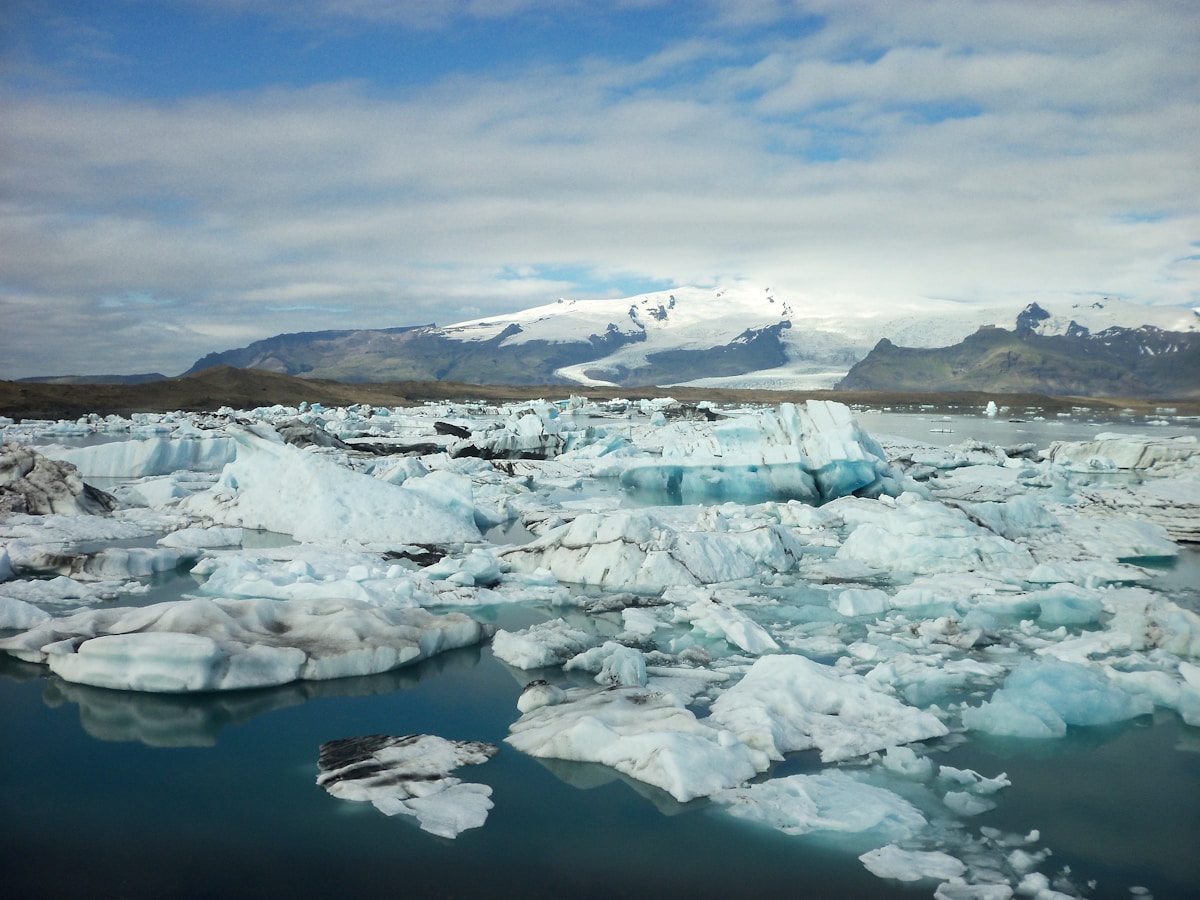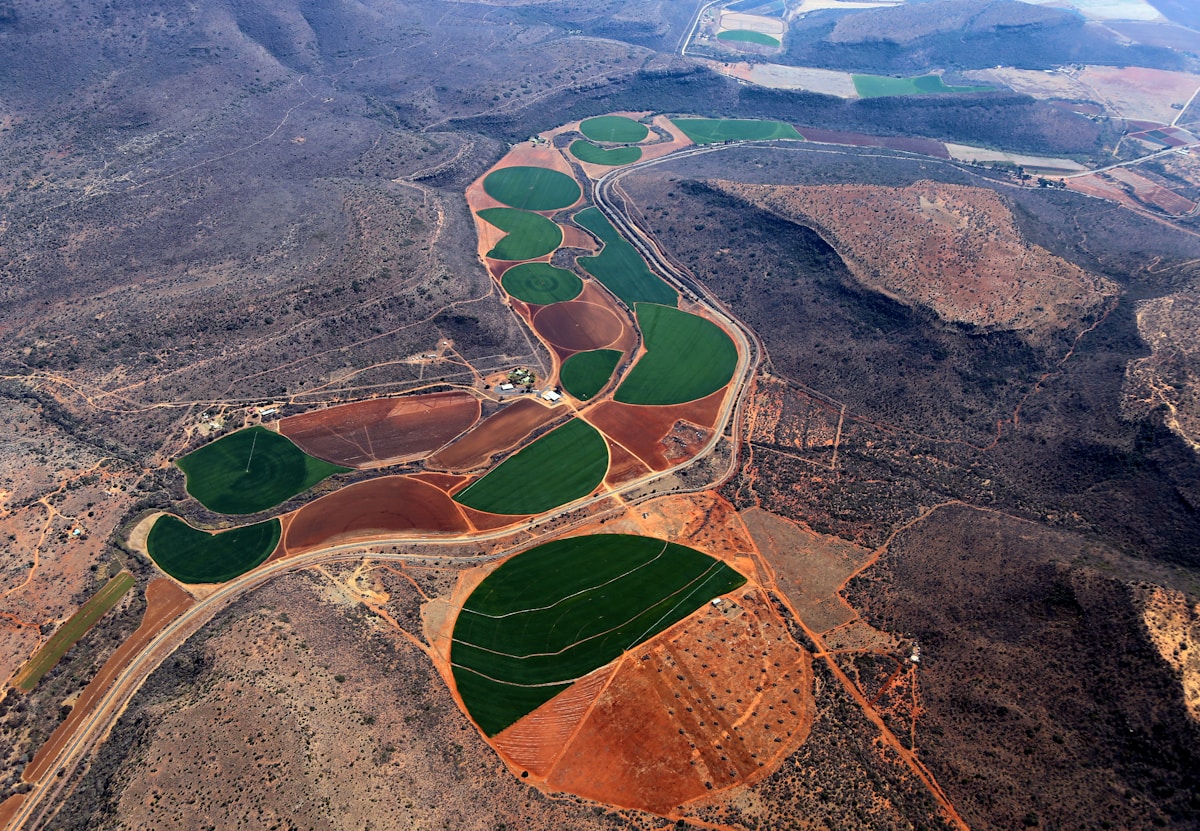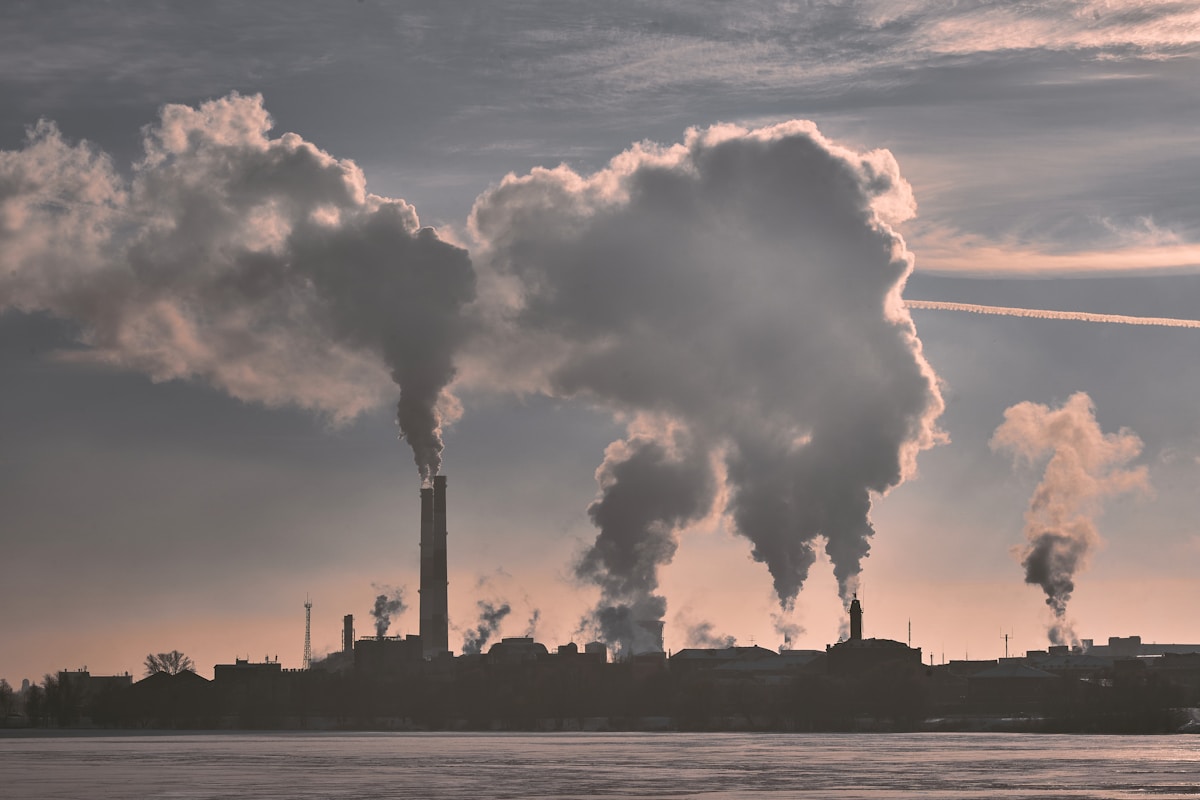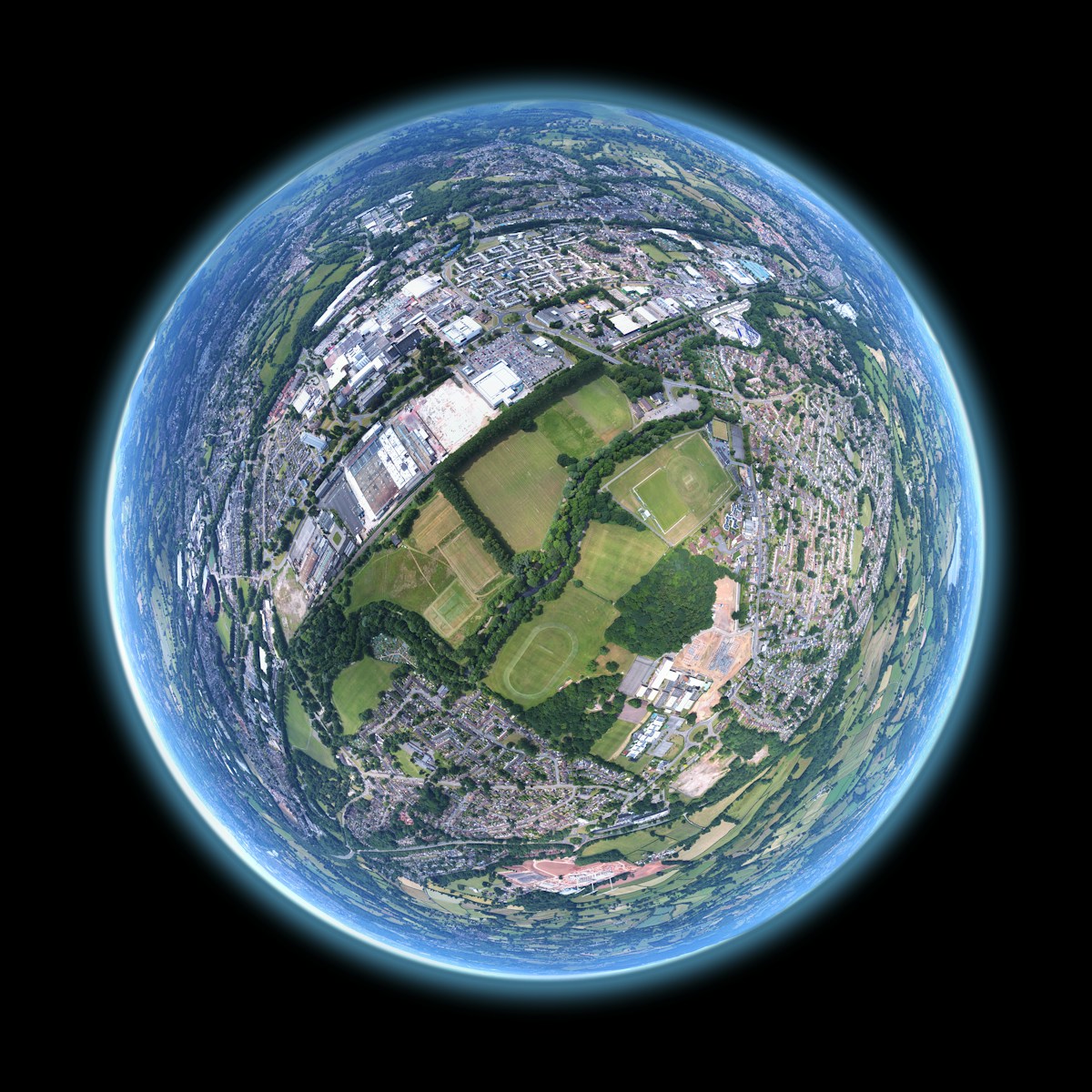The Driving Factor Behind The Warming Climate

Milutin Milankovitch, a Serbian astrophysicist, relied upon the fact that earth’s climate is controlled by the earth’s orbital relationship to the sun to establish that there are three key elements of that relationship that control our climate: eccentricity, precession, and tilt (Ruddiman 2016, 34). Ruddiman suggests that there is a fourth key factor controlling earth's climate: humans.
To be in control requires the ability to purposely create an outcome in a desired time period. Humans certainly affect the climate through alteration of the earth's natural cycles of greenhouse gas levels primarily through agriculture; however, they lack control over the climate because the effects that humans have are generally inadvertent, subject to feedback loops, and delayed by climate response times.
Human’s impact on climate is largely the result of a variety of activities they have undertaken to make the requirements for their survival, such as food, more secure. These activities were in no way undertaken with the intent, or expectation, of altering our climate. Specifically, humans began to affect the earth's climate starting with the rise of CO2 levels 8,000 years ago as a result of the cutting down and burning of forests to create room for agriculture (Ruddiman 2016, 88). This impact increased 5,000 years ago with the rise of natural methane levels mainly caused by the introduction of irrigation (Ruddiman 2016, 81).

Over this large time period of human altered greenhouse gas emissions, the impact of the greenhouse effect has been magnified, leading to warming (World Meteorological organization 2020). Larry Williams, a climate scientist, used a climate modeling analysis to estimate the effect on the climate that human caused emissions have had. His results show that, without anthropogenic greenhouse gas emissions, parts of northeast Canada would be in a glaciation period (Ruddiman 2016, 98).
This conclusion is backed up by the Milankovitch model, showing the natural climate cycles as determined by the earth sun orbit, which corroborates that we should currently be entering a period of glaciation (Emanual, n.d.). Instead, we are experiencing unprecedented warming (Emanual, n.d.). Clearly, the actions of humans have made a dramatic impact on earth’s climate; however, human's inability to control the direction or speed of our climate’s changes eliminates any genuine aspect of control.

The earth’s climate system is extremely complex and natural processes such as climate system response times and feedback loops take away human’s ability to effectively control the climate. First, the earth's climate system has a wide range of response times to increases of greenhouse gas.
The global average response time is decades (Ruddiman 2016, 152). The lag time for the climate to respond to shifts in greenhouse gas, strips control away from humans and this is largely due to feedback loops. Feedback loops can either minimize or magnify the effects of a particular change. For example, if temperatures rise, the amount of water vapor, a greenhouse gas, in the atmosphere also rises causing temperatures to rise even more (Emanual, n.d.). If humans attempted to stop the global temperature rise, we would face our lack of control as a major impediment.

Humans put SO2, which can be harmful to human health, into the atmosphere. If humans were to stop this, we would lose their cooling effect causing warming (Ruddiman 2016, 158).
In addition, if humans were to stop emitting CO2 today, it would take more than a century for just half of industrial-era excess CO2 to be taken up by the deep ocean, meaning we would still face the warming effects of greenhouse gas for decades to come before we would experience cooling (Ruddiman 2016, 158). 8,000 years ago when humans first started affecting the climate by cutting down trees for agriculture, their goal was to better their own living conditions by innovation that made their lives easier.
Humans have continued this quest to improve living conditions through innovation until this day; however, relatively recently it has become obvious that unintended climate change is a negative side effect of these improvements. Human’s lack of control over the climate stems from the complex earth systems and delayed response times, as well as the fact that their innovations that pushed climate change were not intended to have this effect.

Humans have directly affected the natural flow of energy on earth through their activities causing the emissions of greenhouse gas. In this way, humans are the driving factor behind the warming climate, but they are not in control of the climate. Earth's systems take time to respond to climate changes and have complexities such as feedback loops that magnify or mitigate the ultimate response to a specific change in climate.
While humans are not currently in control, perhaps they could increase their ability to affect the climate in more positive ways. By understanding climatic response times and climate conditions that promote healthy environments for all life, perhaps, in the distant future, humans will limit their emissions to levels that will allow the climate to eventually stabilize.
Written by Peter Lena
Work Cited:
Ruddiman, William F. 2016. Plows, Plagues, and Petroleum: How Humans Took Control of Climate. Princeton: Princeton University Press.
Emanuel, Kerry. n.d. “Climate Science, Risk & Solutions” Accessed March 22, 2021. https://climateprimer.mit.edu/climate-change#what-the-models-say.
World Meteorological organization. 2020. “State of the Global Climate 2020.”Accessed March 22, 2021. https://storymaps.arcgis.com/stories/6942683c7ed54e51b433bbc0c50fbdea.